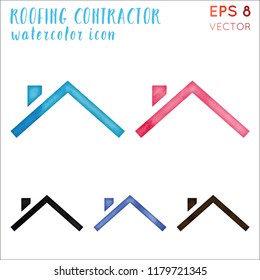When you're budgeting for an industrial paint work, it's simple to forget specific expenses that can creep up on you. You could think you've covered every little thing, but hidden costs like surface area prep work and allows can quickly build up. By identifying these prospective challenges early on, you can create a much more exact budget. Yet what certain aspects should you think about to stay clear of those pricey shocks? Let's check out exactly how to assess your job's scope efficiently.
Analyzing the Scope of Your Project
Prior to diving right into a commercial paint job, it's crucial to evaluate the range of your project.
Start by figuring out the areas that require paint and the complete square video footage entailed. Think about the kind of surfaces, whether they're drywall, timber, or steel, as this influences the products and labor required.
Next, review the problem of these surfaces; any fixings or prep work will certainly affect your timeline and spending plan.
Don't fail to remember to account for the type of paint you desire, as top quality can vary substantially in cost.
Lastly, consider why not look here of access. If specific locations require special equipment or extra precaution, you'll require to factor those costs into your overall spending plan.
Comprehending these elements will establish you up for success.
Identifying Potential Hidden Costs
As soon as you've assessed the range of your business paint work, it's time to take into consideration the prospective concealed prices that can emerge.
You may overlook expenses like surface prep work, which can include cleansing, patching, or priming. Weather-related delays can additionally result in unforeseen prices, so keep an eye on the projection.
If your structure has several degrees or hard-to-reach locations, you may incur additional labor charges. In addition, take into consideration the cost of licenses or examinations that might be needed by local regulations.
Lastly, don't ignore the potential for enhanced prices if you require special coatings or materials. By identifying these possible covert expenses in advance, you can budget better and stay clear of surprises down the line.
Developing a Backup Plan
As you move on with your industrial paint work, it's critical to create a contingency strategy that resolves unanticipated difficulties.
Start by identifying possible risks, like weather delays or supply scarcities. Designate a portion of your spending plan-- usually 10-15%-- to cover these unpredicted costs.
Next off, established clear timelines and connect them with your team, so every person's on the very same web page. Consistently evaluate your strategy and adjust it as needed, specifically if conditions transform.
Ultimately, guarantee you have reliable contacts, such as distributors and subcontractors, that can help you browse any kind of issues that arise.
Final thought
To conclude, budgeting for your industrial paint task requires mindful preparation and awareness of prospective hidden prices. By evaluating the range of your job and determining areas where expenditures may occur, you can create a more precise budget plan. Always include https://paxtonbglqw.izrablog.com/36857801/budgeting-for-your-organization-paint-task-insights-to-stay-away-from-unforeseen-expenses to take care of unexpected concerns. Remaining versatile and examining previous tasks will certainly additionally assist you make informed decisions. With these suggestions, you'll be better prepared to manage your costs and make certain a successful outcome.
